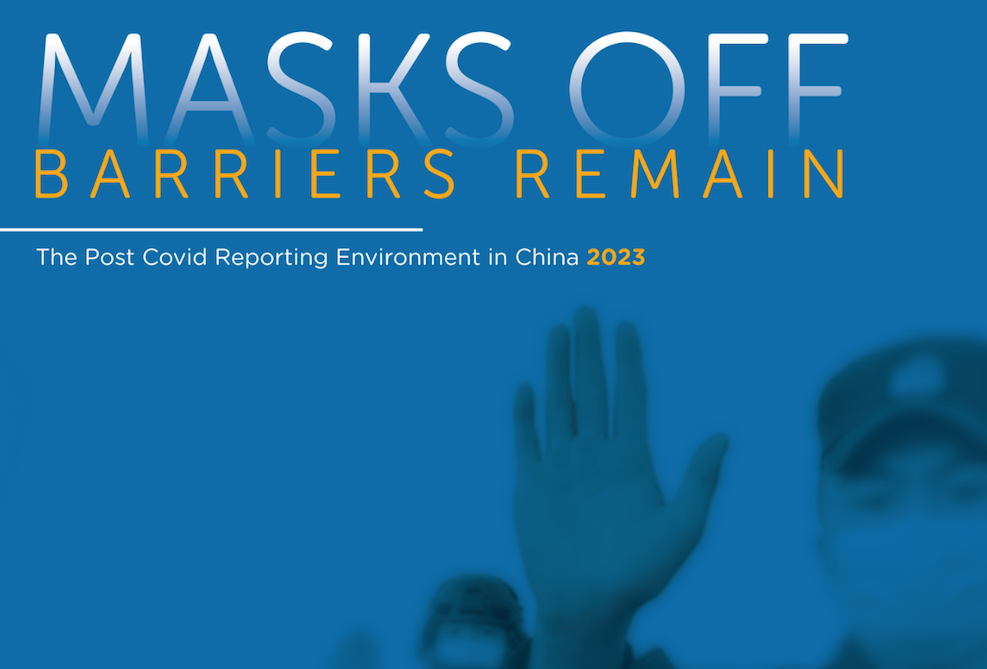Contacts:
Tsering Yangkey, Thinley Norbu, Ugyen Tsephel
Mobile: 98161-64364, 98165-77502
Phone: 0091-1892-228178
Dharamsala, June 5, 2006: The Tesi Environmental Awareness Movement (TEAM), a non-profit, non-governmental organisation celebrates its first anniversary today, World Environment Day. The TEAM was established on this day last year for the express purpose of reviving ecological consciousness among Tibetan people. It is the first group of its kind, initiated by young Tibetans in exile working to promote environmental education and conservation work.
The TEAM will commemorate its anniversary by holding various environmental events for the students of the Tibetan Children’s Village Schools in Suja and Chuantra in Bir in Himachal Pradesh. The events will include talks, a film screening, drawing and essay contests on environmental issues and the release of the TEAM’s three new publications in Tibetan: Pesticides are Poison, A Basic Introduction to Environment and Environmental Issues and The Citizens Guide to the World Commission on Dams.
In its first year of existence, the TEAM brought out several publications and posters, namely, Environmental Toolkit, A Basic Understanding of the Impacts of Fertilisers and Pesticides, a Tibetan Translation of the Convention of International Trade in Endangered Species (CITES). The brochures (all in Tibetan) include Do Not Burn Plastics, Energy Saving Tips, Say No to Styrofoam Cups, Water Saving Tips, His Holiness on Biodiversity Conservation, Say No to Endangered Species Products, Save Elephants: Stop Using Ivory Prayer Beads, Ridak Kyolu and My Pledge for a Better Earth.
Apart from producing these publications, the TEAM conducted several workshops, leadership training sessions, essay contests and funded seven environmental projects in various schools and colleges throughout India. It also successfully led several environmental campaigns during the Kalachakra 2006 at Amaravathi and Monlam Chenmo at Dharamsala. These were well received by both visiting and local Tibetans and the local Indian populace.
During its first year, the NGO focussed its energies on campaigning against the use of endangered species products by the Tibetan people. When the TEAM launched its campaign, it thought its hardest job would be to change the Tibetans’ perception on endangered species. However, the campaign gained momentum after His Holiness the Dalai Lama urged the Tibetan people to stop such consumption. He sent out this message strongly, explaining exactly why they should shun endangered animal products, particularly during the Kalachakra 2006. Since then, there has been a remarkable change in the mindset of a large number of Tibetans inside Tibet in this regard. Many of them actually brought out their old pelts and burned them in public. These pelts were collectively valued at over US$ one million.
Despite this very pleasant development, our TEAM believes that there is no room for complacency. We need to sustain the campaign. Here, we would like to share with you the four major projects we have chalked out for the immediate future.
a) To inspire monks and nuns to realize their ecological roots and mobilize them to expedite conservation and environmental education work through ‘Monastery Environmental Club’.
b) To promote environmental awareness in school children by providing activity-based educational materials to teachers and providing support to young environmental leaders in creation and sustenance of environmental clubs.
c) To encourage organic farming by conducting environmental awareness drives and facilitating farmers to interact with their local agricultural extension officers and government representatives.
d) To curtail Tibetans’ involvement in the trade of endangered species products, such as the skins of tigers, leopards and otters, and in ivory beads, through campaigns about the plight of these animals as well as the non-monetary values of biodiversity.









